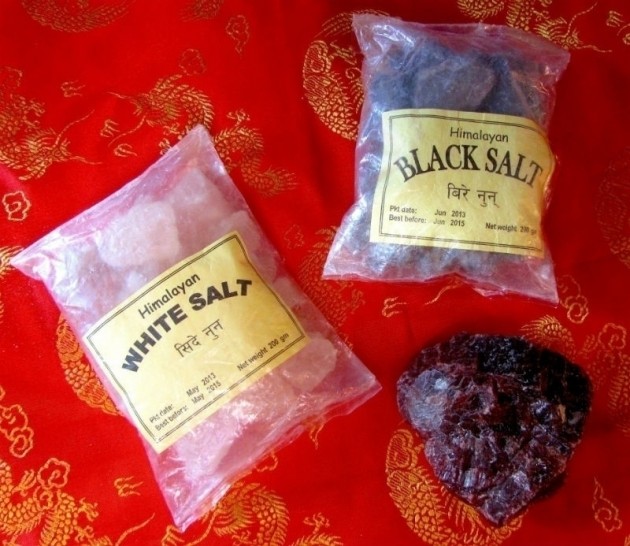Urinary urgency. Urinary frequency. Painful urination. These are relatively common symptoms of a urinary tract infection (UTI), although only about half of those who acquire a UTI are symptomatic. People most prone to UTIs are women of childbearing age.
Components
The major components of the urinary tract include the following: kidneys, bladder, urethra, and prostate (in males). A UTI may involve any of the above structures. If it involves the kidneys, it is termed an upper UTI; if it involves the others, it is a lower UTI.
Common Symptoms and Causes
Also called bladder infections or cystitis, UTIs usually cause telltale symptoms: burning upon urinations and urinary urgency, where you feel like you have to go to the bathroom, but then not much comes out. And, a few minutes later , it happens again. Bladder infections can also cause lower abdominal pain, fever, chills or visible drops of blood in your urine.
In 90% of cases, UTIs are caused by the Escheichia coli (E. Coli) bacterium, a certain number of which are necessary
in our intestines for proper digestion. E. coli, however, doesn't belong in the urethra or bladder. Normally, the bug lives at the end of the digestive tract. It can get easily swiped forward to the opening of the urethra, which is the tube that goes up to the bladder. In women, this tube is much shorter and closer to the rectum.
Inadequate sexual hygiene is responsible for many UTIs. Women who suffer from recurrent bladder infections, however, should be tested for the presence of other bugs, especially Chlamydia trachomatis, a sexually transmitted disease that typically doesn't cause any symptoms in men.
Another common irritant to the urinary tract is synthetic estrogen, in the form of birth control polls or postmenopausal hormone support. If you are on the pill and suffer from frequent UTIs, you need to find another form of birth control.
Other factors that can increase your chances of getting a bladder infection include pregnancy, diaphragm use and diabetes.
Avoiding an Infection
As always, disease prevention is the best approach to health management. Since many UTIs flare up after sex, especially with a new partner, good sexual hygiene is the first step toward prevention. Here are some basic tips to remember:
- Wipe from front to back every time you use the toilet.
- Try to avoid using perfumed soaps or lotions on your genital area because they may irritate your skin and make you more susceptible to a bladder infection.
- Make sure your partner has clean hands, fingernails, mouth, private parts, etc., before engaging in sexual activity.
- Try to empty your bladder before and after sex, to help wash bacteria away from the bladder.
- Drink plenty of fluids, especially pure water, which helps encourage frequent urination. Fluids also help dilute the urine, which makes it less attractive to bacteria, and keep the mucous membranes (which includes the bladder) moist and healthy. Try to drink a cup (8 oz.) of water for every 25 lbs. of body weight daily, ideally between meals so as not to dilute digestive enzymes.
- Wear loose clothing that isn't too tight around your genital area, and choose 100% cotton underpants, or at least lingerie with a cotton crotch.
Suggested Nutritional Supplementation
- Water - Drink 8 ounces per hour.
Water increases urination, which flushes out bacteria from the urinary tract. The more bacteria that are removed, the greater the likelihood of symptomatic relief.
- Cran Caps- Acute: 1-2 capsules 3 times daily with a full glass of water.
- Maintenance: 1-2 capsules daily.
Urinary tract support featuring cranberry juice concentrate.
Cranberry juice has long been recognized as one of the best remedies for both the treatment and prevention of UTIs. Recent studies have demonstrated that cranberry juice contains substances that prevent bacteria from adhering to the urethra, and that it decreases UTI recurrence rates among those who drink it.
- U-Tract - 1/4-1/2 teaspoon every two to four hours while awake, stirred into a cup water. (should get relief within 12-48 hours)
Urinary tract support featuring D-Mannose.
Over 90% of all bladder infections are caused by Escherichia coli (E.coli) which is found as part of the "normal micoflora" in every intestinal tract. In most cases bacteria enter the urinary tract through the urethral opening. Many bacteria are simply washed away by the down-flow of urine. E.coli, however,are covered with tiny ‘finger-like' projections. At the top of these projections are amino acid/suger complexes called "lectins" which allow the bacteria to stick to the inside walls of the urinary tract and even work their way upward. D-Mannose, a naturally occurring simple, sugar, sticks to the E.coli lectins even better than the lectins stick to human cells. When a large quantity of this sugar is present in the urine, it literally coats any E. coli present. They can no longer stick to urinary tract walls and are washed away with normal urination. Only very small amounts od D-mannose are metabolized by by the body.
Most is excreted through the kidneys into the urine and bladder, so it doesn't interfere with blood/sugar regulation, even in diabetics. Also, since it is absorbed in the upper gastro-intestinal tract, it does not relocate "friendly" E.coli or other beneficial bacteria normally present in the colon.
- UltraFlora Plus D.F. - 1-3 capsules daily.
Contains highly viable, pure strains of Lactobacillus acidophilus (NCFM strain) and Bifidobacteria infantis, guaranteed to contain at least 7.5 billion living organisms of each strain at expiration.
- Florastor Extra Strength - 1 capsule twice daily for 1-2 bottles.
Saccharomyces boulardii, the active ingredient in Florastor helps maintain normal balance of the intestinal flora and exerts a barrier effect against pathogenic bacteria.






